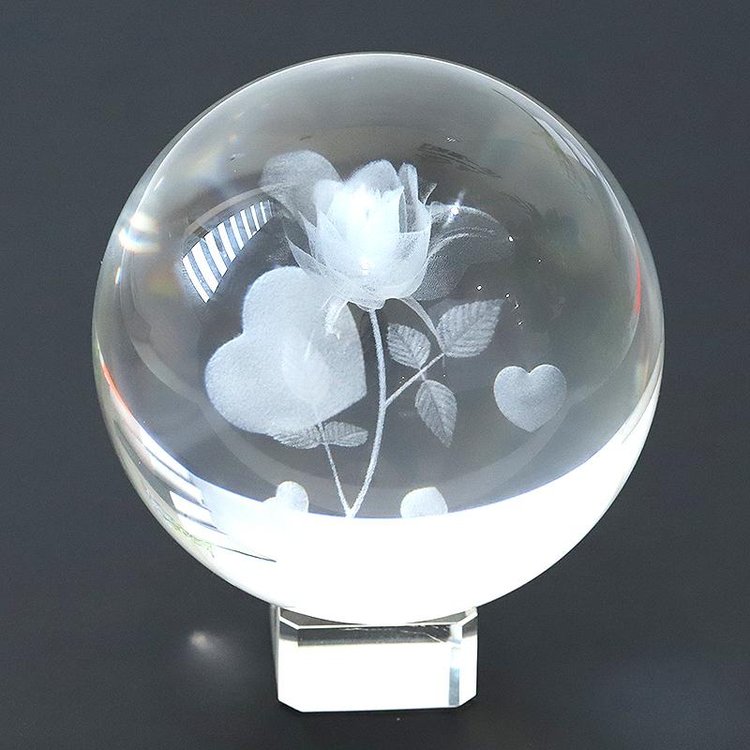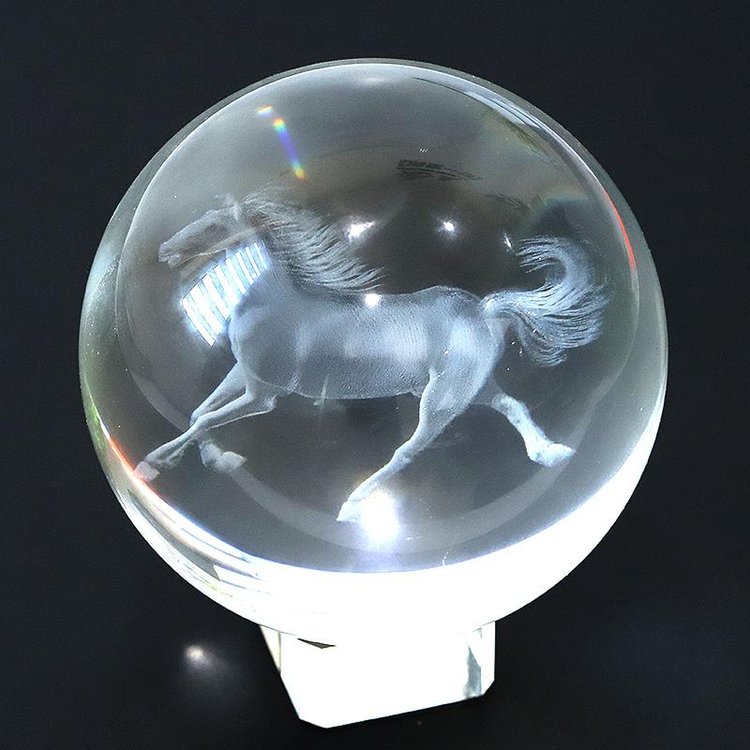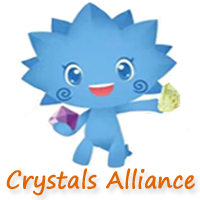What is K9 Crystal? What is the difference between K9 crystal and natural crystal?
Feb 27, 2022
K9 crystal is also called K9 glass, which can also refer to glass products made of K9 material. It is used in optical coating and other fields. The light transmittance, refraction effect, hardness and texture are much higher than resin materials. Forming mainly includes cutting, grinding and polishing and pressure casting (requires a furnace). K9 material belongs to optical glass, which is crystal clear, so many factories that use K9 material as the processing object are derived. It can be used for lettering, making signs and other cheap handicrafts. The outer surface can be sprayed with some colors, and the processed products are called crystal glass products in the market.

K9 can only be called glass, and the EU's first definition of artificial crystal (crystal) is to have a PBO content of more than 24%. K9 glass not only does not contain PBO, but the refractive index does not reach the refractive index of lead-containing glass.
Why do domestic sellers of K9 claim that K9 is the most advanced artificial crystal, one is that China has no relevant laws on artificial crystal, and the other is that domestic crystal glass has not yet produced lead crystal manufacturers.
The following is the legal definition of artificial crystal in the EU. In foreign countries, if you use K9 glass and claim to be crystal for sale, others can sue you.
S.I. No. 312/1972 — European Communities (Crystal Glass) Regulations, 1972.Crystal wholesale suppliers
Full Lead Crystal —— 30% Metal oxides (%) PbO≥ 30% Density≥ 3 00 Refractive index nD>1 545
Lead Crystal —— 24% Metal oxides (%) PbO≥ 30%
The European Union stipulated in 1972 that glass with lead oxide content greater than or equal to 30%, density greater than 3g/cm3, and refractive index greater than or equal to 1.545 is all lead crystal, and glass with lead oxide content greater than or equal to 24% is lead crystal, and crystal glass is not specified. Regulations often refer to lead glass with a lead oxide content of less than 24%. It is stipulated that glass with a lead oxide content greater than or equal to 24% is allowed to remove the word glass, which can be called crystal. From then on, lead glass with lead oxide content greater than or equal to 24% is allowed to be called lead crystal, and glass with lead oxide content greater than or equal to 30% is allowed to be called full lead crystal. No need to add glass lettering.
The difference between K9 crystal and artificial crystal:
K9 glass is a kind of optical glass, which looks very transparent and translucent. After processing, cutting, sandblasting and other processes, it is made into handicrafts. Its hardness is very low, its hand feel is very light, and its transmittance is not high. Grade 5.5, the melting point is below 900 degrees.
Because it is crystal clear, so many factories that use K9 material as the processing object have been derived. The products they process are called crystal glass products in the market.
Its optical constants are: refractive index = 1.51630, dispersion = 0.00806.
K9 does not contain lead and cannot be considered a true crystal.

Distinguish in the usual way:
(1), listen to the sound. The sound you hear when you hit the utensils with your hands will be different. The sound of crystal products is clear and crisp, like a metal-like impact, there will be a lingering sound, while the sound of glass products is dull and no echo.
(2), weigh the weight. For two items of the same size, the crystal is heavier than the K9 glass, and the glass is lighter.
(3), look at the refractive index. Under the same light, the refractive index of crystal products is higher than that of glass, and it can transmit colorful light, but glass products cannot.
(4), specific hardness. Crystal is harder than glass, and artificial crystal is slightly harder than glass, so when you scratch the surface of glass with crystal, a trace will be left, but the crystal will not be damaged.
